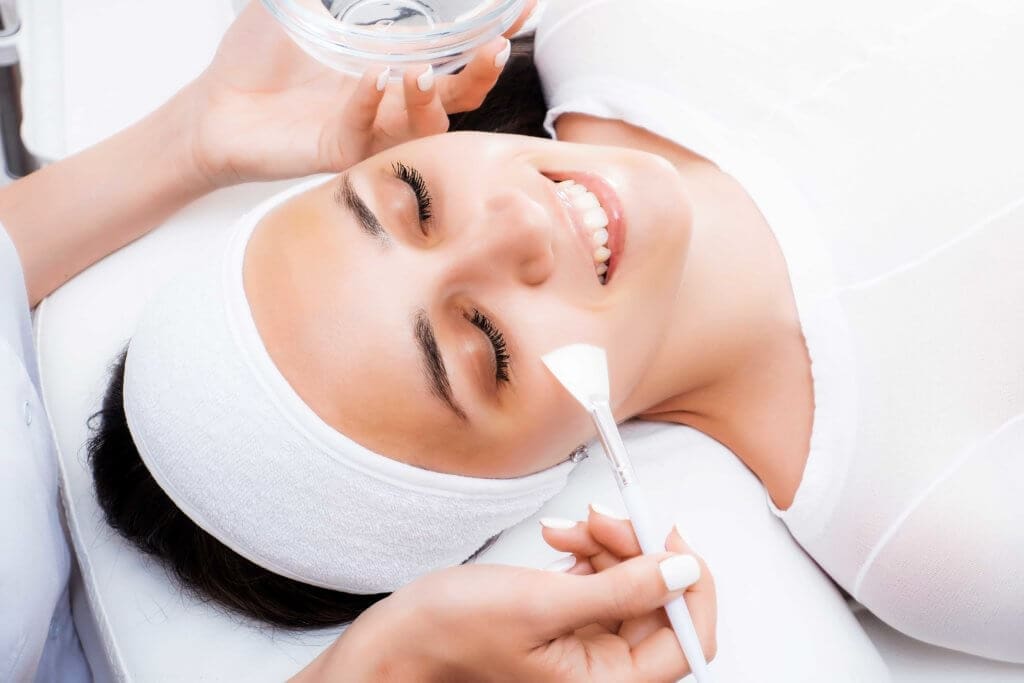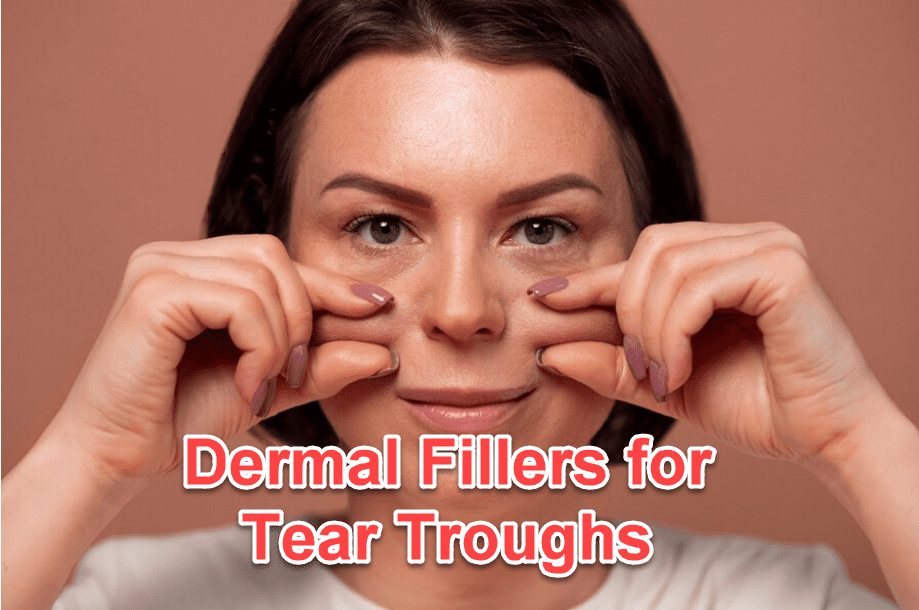The popularity of chemical peels skyrocketed around 30 years ago when word spread that they could be used to treat a variety of skin problems. Their initial popularity waned as more accessible modern spa treatments such as dermaplaning and microdermabrasion became available, but now, they are enjoying a renaissance because of their proven efficacy.
Any cosmetic therapy has a certain chance of adverse consequences, even though chemical peels are often advised as a non-invasive alternative to surgical anti-aging operations.
So that you may make a well-informed decision, we’ll discuss the pros and cons of chemical peels in this piece. But first, let’s talk about just what a chemical peel is.
What Is A Chemical Peel
In a procedure known as a chemical peel, the skin’s outermost layers are removed with an exfoliating chemical solution. The deeper the regeneration of the skin, the smoother it will be.
You may need to undergo multiple treatments to see benefits from a mild or medium peel.
A chemical peel can often improve wrinkles, discoloration, and facial scars. These procedures can be performed singly or in combination with others.
Also, they can be as simple or complex as you choose. However, expect more downtime will be required for healing after a deeper chemical peel, but the benefits will be more evident.
Types Of Chemical Peels
Different chemical peels have different concentrations and are more effective in treating specific issues.
Light Chemical Peel: Acne and other skin defects can be reduced in severity, and the skin’s overall appearance improves with light chemical peels. This pick-me-up won’t require too much time out of your day. Your skin may feel dry, appear red, and be more sensitive to light immediately following a moderate chemical peel; however, these effects should fade over the next day. The most common acids in light peels are glycolic acid, lactic acid, salicylic acid, and maleic acid.
Medium Chemical Peel: Patients with acne scars, melasma scars, hyperpigmentation scars, or the initial signs of aging in the papillary dermis may benefit from a medium chemical peel. After a medium chemical peel, you will need to rest. You should expect minor side effects like redness, itching, peeling skin, and slight swelling, but these should go away in a week or two. Medium-strength peels use acids that are a step up from light peels but still gentle on the skin, such as glycolic acid, lactic acid, salicylic acid, maleic acid, and Jessner’s solution.
Deep Chemical Peel: Candidates for a deep chemical peel include those with severe scarring, deep wrinkles, and other skin care concerns that would not be improved with a less aggressive peel. Deep chemical peels are the most invasive, require anesthetics, and take the longest to heal from. After a chemical peel, your skin will be red, puffy, crusty, flaky, and peeling for about two weeks. TCA (trichloroacetic acid) or phenolic acid is the acid of choice for deep chemical peels.
Pros and Cons of Different Chemical Peel Options
Here are the benefits and drawbacks of light, medium, and deep chemical peels.
Pros of Light Chemical Peels
- Gentle exfoliation of the outer skin layer
- Enhances skin tone and texture
- Treats minor scarring and discoloration
- Little to no downtime afterward
Cons Of Light Chemical Peels
- Requires repeat treatments for best results
- Won’t treat deeper skin issues like deep scars
- Results not as dramatic or long-lasting
Pros of Medium Chemical Peels
- Exfoliates into the middle skin layer more effectively
- Handles more moderate wrinkles and scars
- Noticeable improvements in skin tone/texture
- Results last longer than lighter peels
Cons Of Medium Chemical Peels
- Moderate risk of side effects
- Recovery downtime up to 1-2 weeks
- Not for severely damaged or sensitive skin
Pros of Deep Chemical Peels
- Maximum exfoliation reaching lower skin levels
- Treats severe scarring and deep wrinkles
- Longest-lasting rejuvenation results
- Dramatically improves overall skin appearance
Cons Of Deep Chemical Peels
- Severe risk of side effects
- Extended recovery period of weeks-months
- Only suited for very damaged, thick facial skin
Who Should Consider Chemical Peels
Those seeking facial rejuvenation from fine lines, uneven pigmentation, acne scars, melasma, sun damage, or dull, aging skin can benefit from customized chemical peel treatments.
Preparing for a Chemical Peel
Preparation may involve avoiding active breakouts or cuts, quitting exfoliants 1-2 weeks pre-treatment, protecting skin from sun exposure, and preparing recovery supplies like soft cloths, cool compresses, and gentle moisturizers.
Aftercare and Maintenance
Strictly following provided aftercare instructions like avoiding the sun, gently cleansing skin, applying ointment, staying well-hydrated, and being patient through the healing process are crucial for safe recovery and ensuring optimal peel results.
Risks and Side Effects of Chemical Peels
Potential side effects depend on peel depth but may include pain/discomfort, swelling, blistering, scabbing, infection, pigmentation changes, and extended skin sensitivity if proper aftercare is not followed.
Which Chemical Peel Is Best for Your Skin?
The most suitable peel depth depends on your skin goals, condition, sensitivity levels, and recovery time constraints. A provider can guide you on the optimal formulation and number of treatments to address your unique skin concerns.
Find The Right Provider
Chemical peels have their benefits, but only if they are appropriate for your skin type. The best thing to do is consult with a dermatologist or a cosmetician who specializes in the treatment. Let them examine your skin, and then they can tell you if you are a good candidate for the surgery.
Consider the benefits and the drawbacks, and remember that this may not be the rapid solution you were looking for.
Check out their profiles and customer feedback online to find the best supplier to perform your chemical peel. However, you may save all this hassle by scheduling a chemical appointment at our clinic, Green Relief Health.
If you look at our profile, you will find that our clients are delighted with the services we have done for them.
Takeaway
Chemical peels offer customizable skin rejuvenation through precise, acid-based exfoliation, reaching various depths to address individual needs.
Lighter peels provide gentler renewal for surface concerns, while deeper formulations treat advanced wrinkling and scarring, albeit with heightened side effect risks and recovery demands.
Assessing factors like skin type, damage level, downtime limitations, and post-procedure compliance capabilities allows providers to best match patients with their optimal formulation, frequency, and procedure settings.
While chemical peels visibly refresh dull, uneven, and damaged skin in capable hands, self-management is complicated. Seeking licensed expertise helps avoid preventable complications, even with supposedly non-invasive methods.
But for those committees to endure short-term consequences like stinging, redness, and peeling, long-lasting improvements in tone, texture, and luminosity make chemical peels a proven anti-aging technique.







